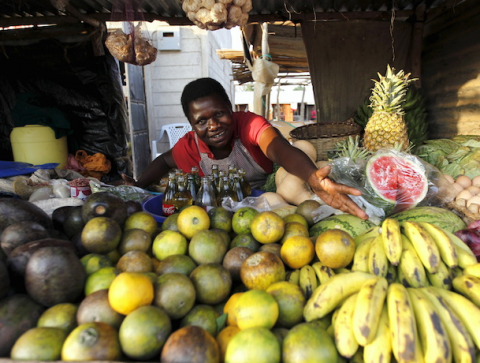On Labor Day, the governments of the United States and Canada recognize and celebrate the achievements and contributions of workers—female and male alike. And women’s economic contributions in these countries are well-documented: the increase in women in the U.S. labor force over the past several decades, for example, has led to more than $3.5 trillion in economic growth.
Yet despite clear evidence that women’s economic participation is an important—and largely underutilized—driver of economic growth, in many countries women continue to face barriers that undermine their economic potential, including limited access to credit, savings accounts, loans, and other financial services.
Access to finance is often cited as the greatest constraint for all small and medium enterprises (SMEs) in low-and middle-income countries. Studies show, however, that this challenge is far more acute for women-owned businesses. Eight to ten million SMEs now boast at least one female owner, but according to the World Bank, approximately 1.3 billion women still live “largely outside the formal financial system.” The International Finance Corporation (IFC) estimates that at present an approximately $300 billion credit gap exists for female-owned SMEs. In a time of economic turmoil that has shaken markets from China to Greece, ensuring that women can fulfill their economic potential is more important than ever. In a twenty-first century global economy, it is no longer tenable to leave the growth potential of half the world’s population untapped.
